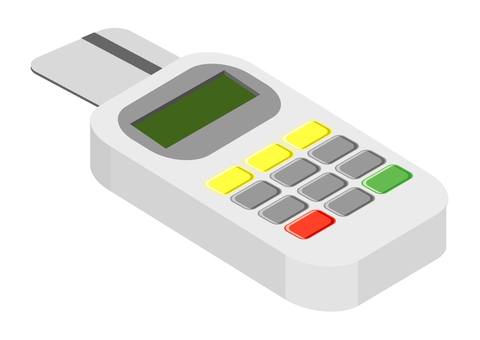 I recently spent a week vacationing in the Canadian maritime provinces. Great trip, and a good learning experience when it comes to EMV. I’ll share some background, and then what I learned.
I recently spent a week vacationing in the Canadian maritime provinces. Great trip, and a good learning experience when it comes to EMV. I’ll share some background, and then what I learned.
Background
Starting October 1, 2015, merchants in the U.S. that do not use EMV technology to process in-person (“point-of-sale”) transactions bear the burden of fraud. (Currently, erroneous purchases and other fraudulent transactions in stores, restaurants, and other establishments are the burden of the credit card processor.) EMV is a chip technology that’s been in use in Europe and elsewhere for years.
EMV requires merchants to obtain new terminals and other equipment to process POS transactions. There are a variety of options available; costs vary.
What I saw
For those who have not been to Canada in several years, the payment portion of a meal in a restaurant is very different than it is in the U.S. EMV migration took place between 2010 and 2012 (different years for different credit cards). With EMV technology, the customer, rather than the merchant, handles the customer’s credit card. Here’s how:
Let’s say you’re in a restaurant and just had an enjoyable meal. To process a payment on your credit card, a small wireless terminal the size of the smallest USPS Priority box is brought to your table; alternatively you use the terminal located near the cash register on your way out. You insert your credit card bearing the EMV chip in one end (no more swiping) and you, the customer, operate it. Following the prompts on the terminal, you verify the amount of the bill and have the option of adding a tip. Machines vary on how this is done; some allow you to enter a percentage while others require a specified amount. The machine then prints a receipt for you and for the restaurant; you sign in ink the slip for the restaurant.
The same procedure applies for making purchases everywhere else: clothing stores, gas stations, supermarkets. The customer handles the card and operates the processing terminal.
What I learned
The process is easy for everyone … employees of the establishments and customers. There is no additional time required for the payment process. There is a learning curve for customers to operate the terminal, but a knowledgeable staff in the establishment makes this go smoothly. Remembering to remove the card is important, of course.
As a customer, I look forward to seeing this in the U.S. soon. As a small business advocate, I recognize the challenge facing small businesses to acquire the needed technology and educate their staff about its usage. But it’s going to happen, and soon!


